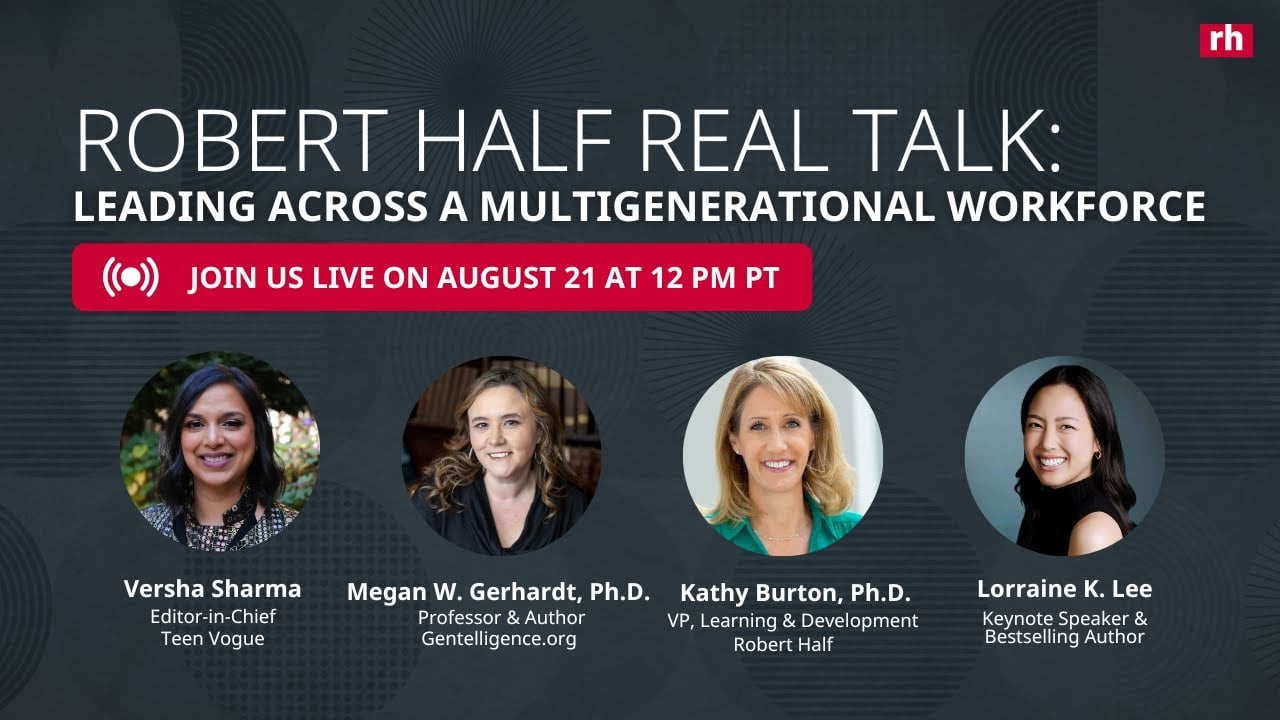Why generational differences matter during open enrollment
To add to the complexity, having four distinct generations in our workplaces means a one-size-fits-all open enrollment program could end up leaving some employees behind.
In recent years, social and economic disruption, a global pandemic and historically low unemployment rates have shifted life priorities and changed what work means for different generations—and in different ways. Employers are trying to understand these changes while balancing hiring strategies, employee benefits decisions, flexible work options and workplace culture to accommodate every generation equitably.
Open enrollment offers an opportunity to dig deeper into what motivates baby boomers, Gen X, millennials and Gen Z, which is information you can use year-round to attract, keep and better support employees, their families and their dependents of every age. In other words, inclusive benefits enrollment strategies are essential in today’s multigenerational workplace.
So, at open enrollment time, consider your new college graduates who are working alongside grandparents, and appreciate the diversity of what they—and the generations in between—are looking for on the benefits menu.

